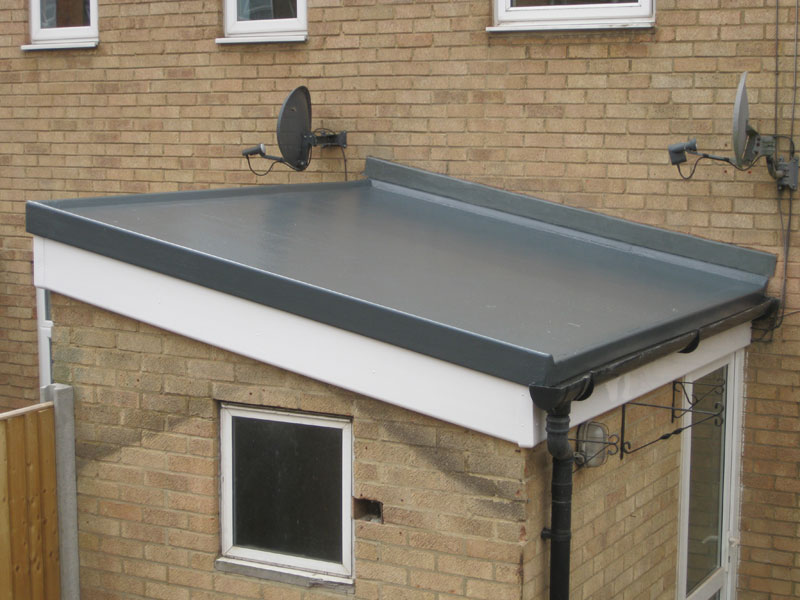What is the longest lasting flat roofing material
Published by the team at Avant Garde Roofing Solutions
Over 20 years of flat roof installations across the Midlands
This is probably the most common question we get asked – and honestly, it's a good one. Nobody wants to be replacing their roof every few years, especially with the costs involved these days.
After installing flat roofs around Northampton, Milton Keynes, and the surrounding areas for over two decades, we've seen what lasts and what doesn't. The short answer? It's more complicated than you might think, and the "longest lasting" option isn't always the best choice for every situation.
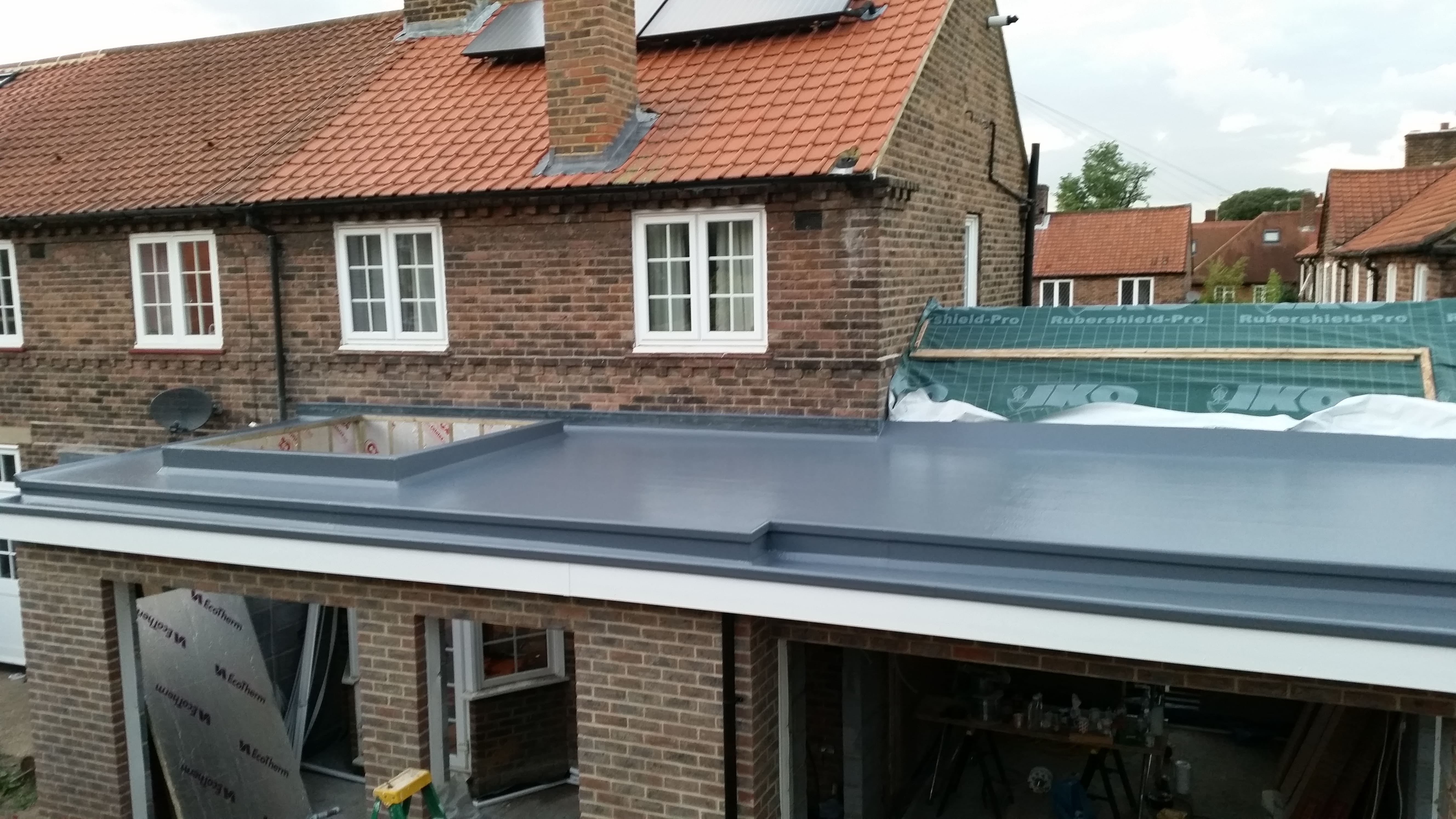
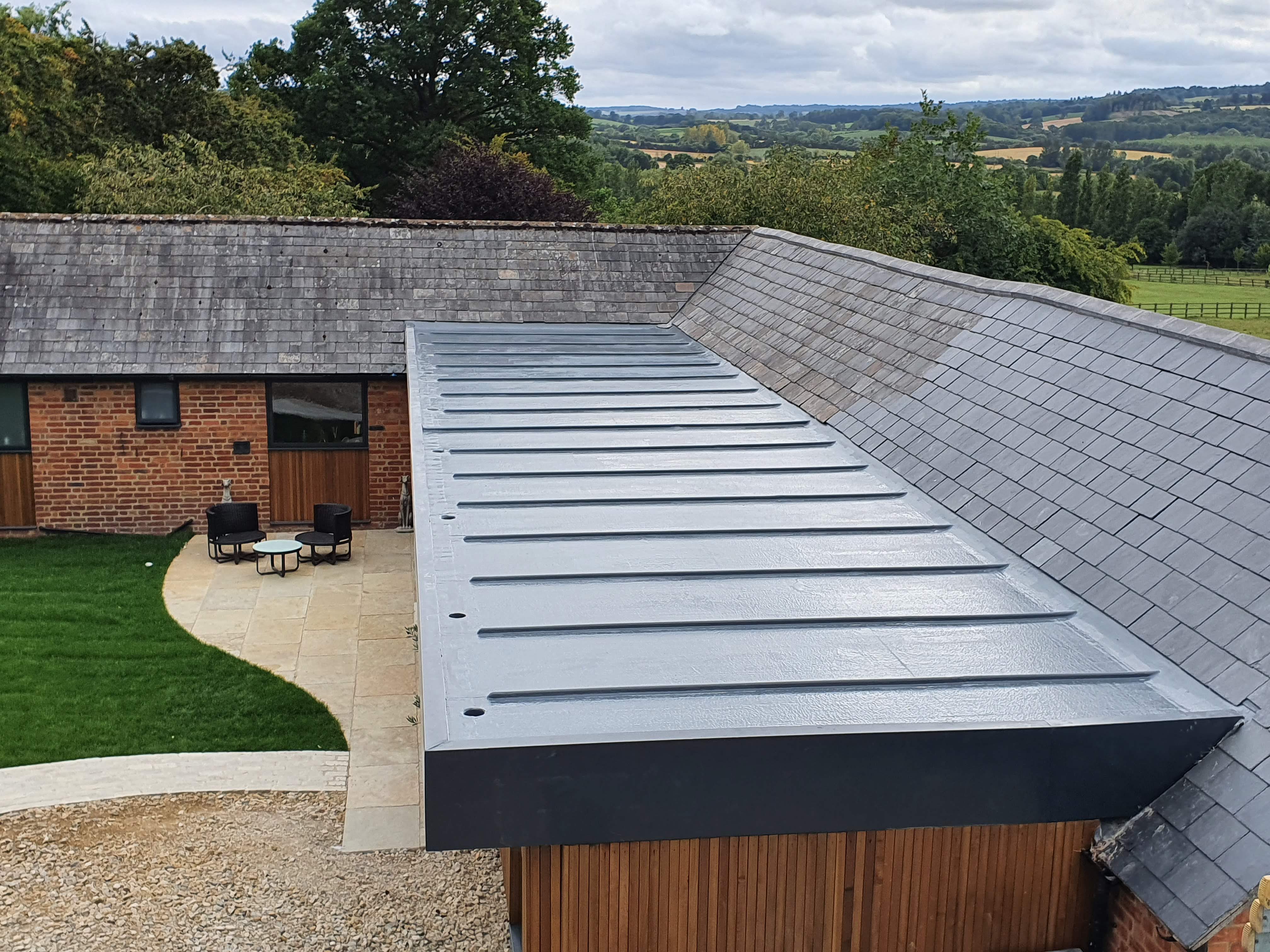
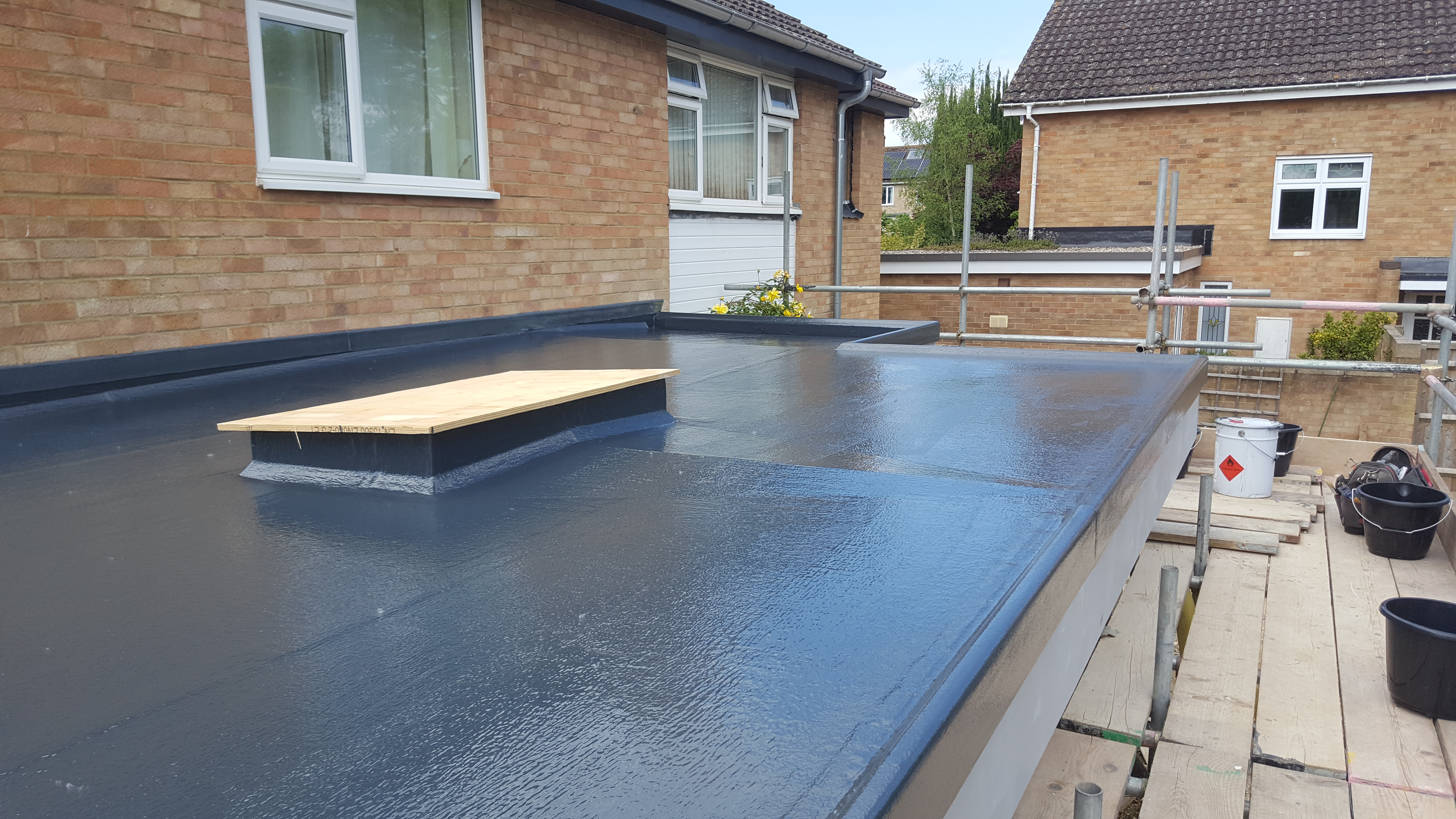
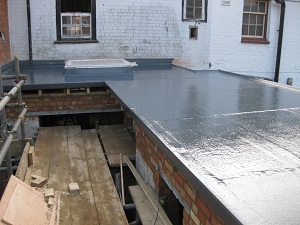
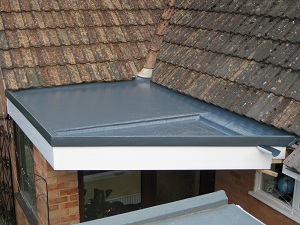
The Reality About Flat Roof Lifespan
Here's something that might surprise you: the longest lasting flat roof material isn't necessarily the one with the biggest warranty sticker. We've seen "premium" systems fail after 10 years because of poor installation, and basic systems still going strong after 30+ years because they were fitted properly and looked after.
The British climate doesn't do any roofing system any favours. We get everything from ice and snow in January to scorching heat waves (well, occasionally), plus those sudden downpours that seem to find every tiny weakness in a roof. Whatever system you choose needs to handle all of that.
Built-Up Roofing: The Marathon Runner
If we're talking pure longevity, properly installed built-up roofing (BUR) systems take some beating. This is the traditional multi-layer felt system with a mineral cap sheet that's been around for decades.
We still maintain office blocks in Milton Keynes that have original BUR roofs from the early 1980s. With regular maintenance – and that's the key bit – they're still completely watertight after 40+ years. One customer jokes that his roof has outlasted three company cars and two marriages.
Why BUR can go the distance:
- Multiple layers mean redundancy – if one fails, others keep you dry
- Proven track record over decades
- Can be maintained and patched relatively easily
- The mineral surface protects against UV damage
The catch? It needs regular maintenance. Miss the annual check-ups and small problems become big expensive ones pretty quickly.
GRP Fibreglass: The Modern Champion
For domestic properties, fibreglass roofing is our go-to recommendation when customers want something that'll outlast them. We're talking 30+ years as standard, with some installations from the 1990s still looking good.
We installed a fibreglass system on a house in Bedford back in 2005. The customer recently sent us photos – nearly 20 years later and it still looks like new. The secret is that once fibreglass is down and cured, it's essentially one continuous piece with no joints to fail.
What makes fibreglass last:
- Seamless installation means no weak points
- UV stable resins don't degrade in sunlight
- Can handle foot traffic without damage
- Resistant to freeze-thaw cycles
The only downside is the initial cost, but when you spread that over 30+ years, it works out cheaper than most alternatives.
EPDM Rubber: The Steady Performer
EPDM has been around for about 30 years in the UK, and the early installations are still going strong. It's basically a giant rubber sheet that handles our weather surprisingly well.
We've got customers with EPDM roofs from the late 1990s that haven't needed any repairs. The material just seems to shrug off whatever the weather throws at it – from snow and ice to those rare summer heat waves.
EPDM's staying power:
- Single membrane means fewer potential failure points
- Excellent UV and ozone resistance
- Handles temperature extremes well
- 25-30 year lifespan is realistic, sometimes longer
The main vulnerability is mechanical damage – drop something sharp on it and you might have problems. But for normal use, it just keeps going.
Modified Bitumen: The Improved Classic
Modified bitumen is basically traditional felt roofing that's been upgraded with polymers. It's designed to fix the problems that made old felt systems fail – cracking in cold weather and becoming brittle over time.
We've seen properly installed modified bitumen systems last 20-25 years without major issues. It's particularly good in our climate because it handles the freeze-thaw cycles we get every winter.
Why it outlasts standard felt:
- Polymer additives keep it flexible
- Better resistance to thermal shock
- Self-healing properties for minor damage
- More UV stable than basic felt
It's not going to last as long as fibreglass or BUR, but it's a solid middle-ground option.
Single Ply Membrane: The Commercial Favourite
Single ply systems are designed for longevity on large commercial buildings. The warranties often run to 20-25 years, and the early installations from the 1990s are mostly still performing well.
Built for the long haul:
- Engineered for specific climates
- Excellent chemical resistance
- Minimal seams to fail over time
- Proven in harsh commercial environments
For houses though, there are usually better options available.
Green Roofs: The Long Game
Living roofs can actually last longer than the waterproof membrane underneath because the plants and soil protect it from UV damage and temperature extremes. We've seen green roof systems perform well for 40+ years.
The waterproof layer underneath is typically EPDM or modified bitumen, so you're looking at 30+ years before any major work is needed. The plants themselves might need occasional replacement, but that's gardening, not roofing.
What Actually Determines Lifespan?
After doing this for 20 years, we've learned that the material is only part of the equation. Here's what really matters:
Installation quality comes first. We've seen expensive systems fail because corners were cut during installation, and basic systems last decades because they were fitted properly.
Regular maintenance is crucial. Even the best materials need looking after. A £200 annual check can prevent a £5,000 replacement.
Local conditions matter. A roof in an exposed rural location will have a harder life than one sheltered in a town centre.
How it's used affects longevity. Roofs that get regular foot traffic need different materials than ones that are never walked on.
Our Honest Recommendations
For maximum lifespan regardless of cost: Built-up roofing systems with proper maintenance schedules. We've seen these last 40+ years.
For domestic properties wanting long-term value: GRP fibreglass. Higher upfront cost but 30+ years of trouble-free service.
For commercial buildings: EPDM or single ply, depending on the specific application and budget.
For budget-conscious customers: Modified bitumen offers good longevity for the price point.
The thing is, asking for the "longest lasting" material is a bit like asking for the fastest car – it depends what you actually need. A roof that lasts 25 years with minimal maintenance might be better value than one that lasts 40 years but needs constant attention.
The Installation Factor
We can't stress this enough – the best material in the world won't last if it's not installed properly. We only use our own team, never subcontractors, because we know how crucial proper installation is for longevity.
Whatever system you choose, make sure the installer offers proper guarantees and will still be around in 20 years to honour them. There's no point having a 30-year warranty from a company that disappears after five years.
Want to know which long-lasting system would work best for your property? Give us a call on 0800 456 1104 for a free survey. We cover Northamptonshire, Bedfordshire, Buckinghamshire, Leicestershire, Oxfordshire and Warwickshire – and we'll give you realistic advice about what will actually last on your roof.
About Avant Garde Roofing Solutions: We've been installing flat roofs across the Midlands since 2003. After more than 2,000 installations, we know which systems actually deliver on their longevity promises. We're Which? Trusted Traders and part of the Buy with Confidence scheme. Click to view our lead flat roof services.

